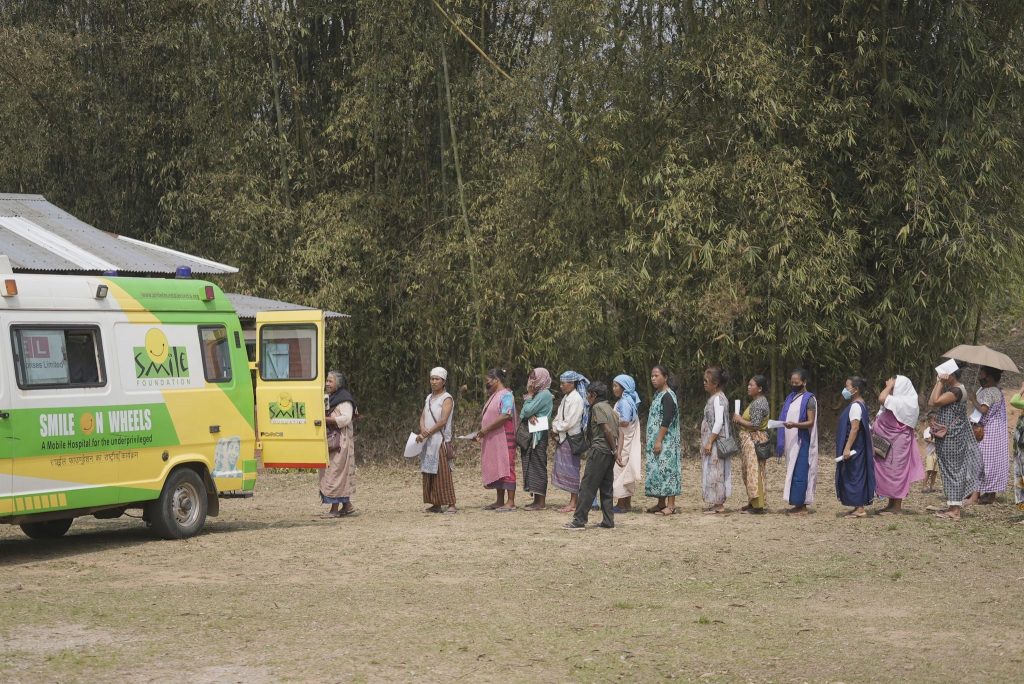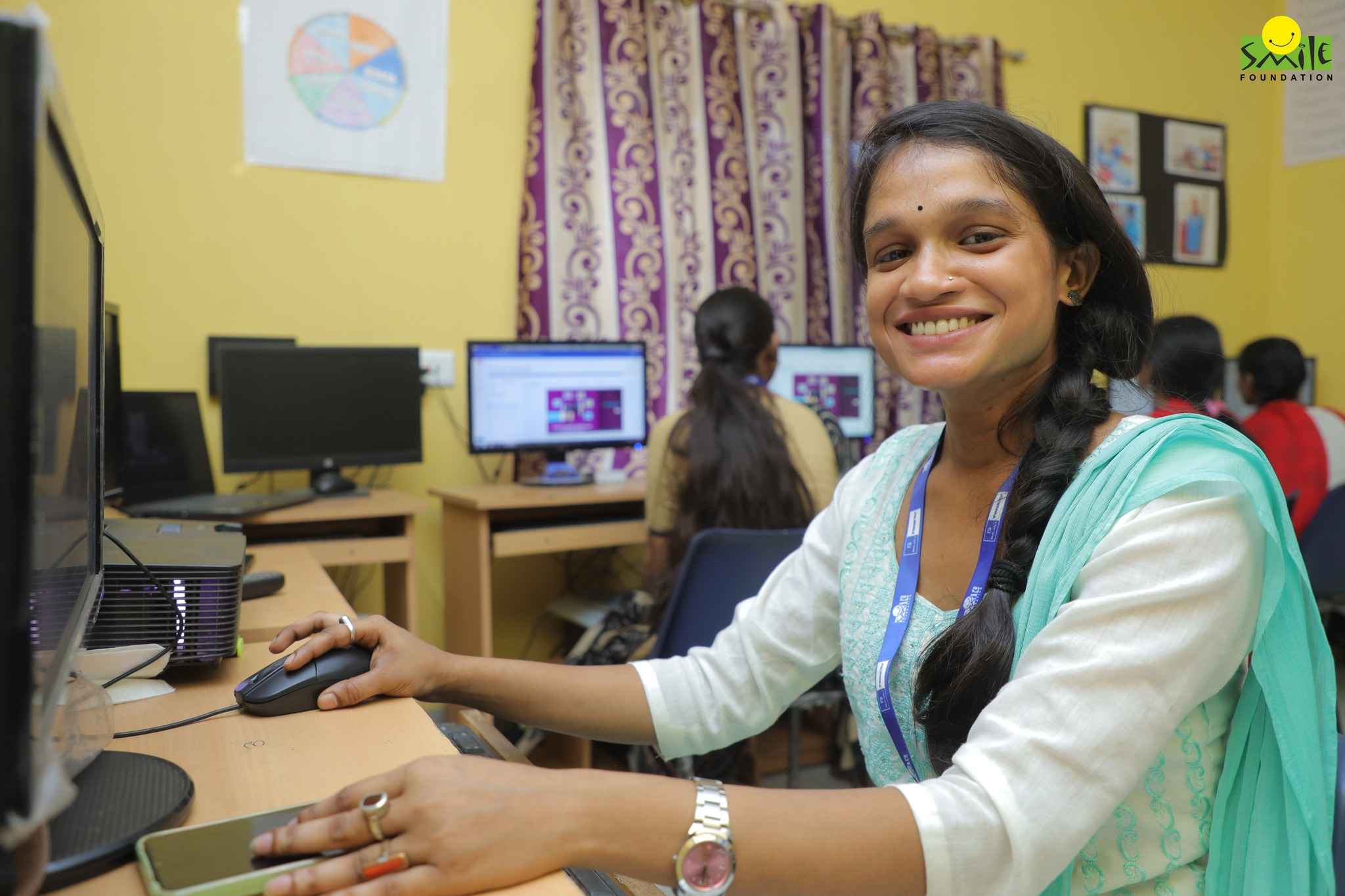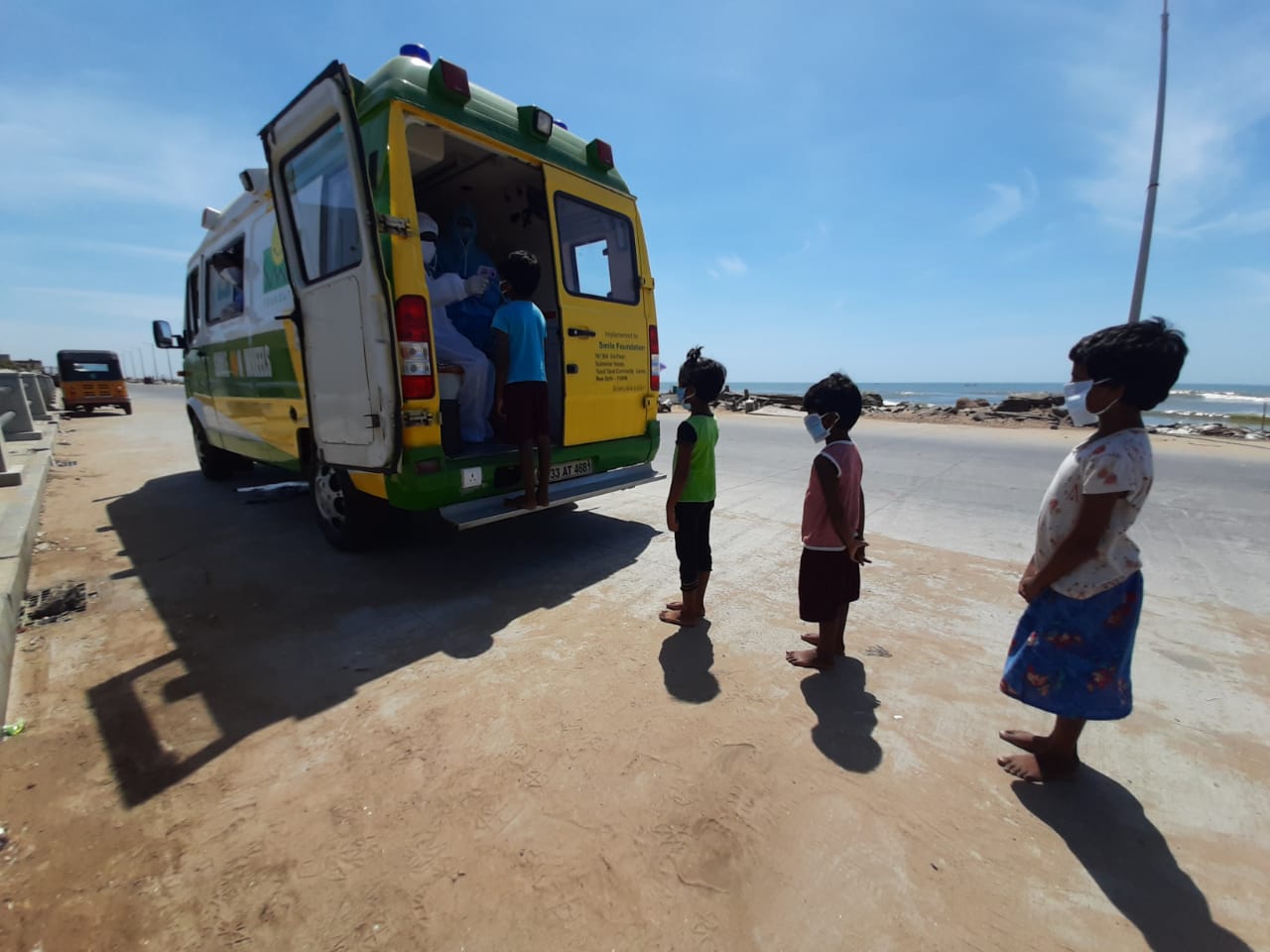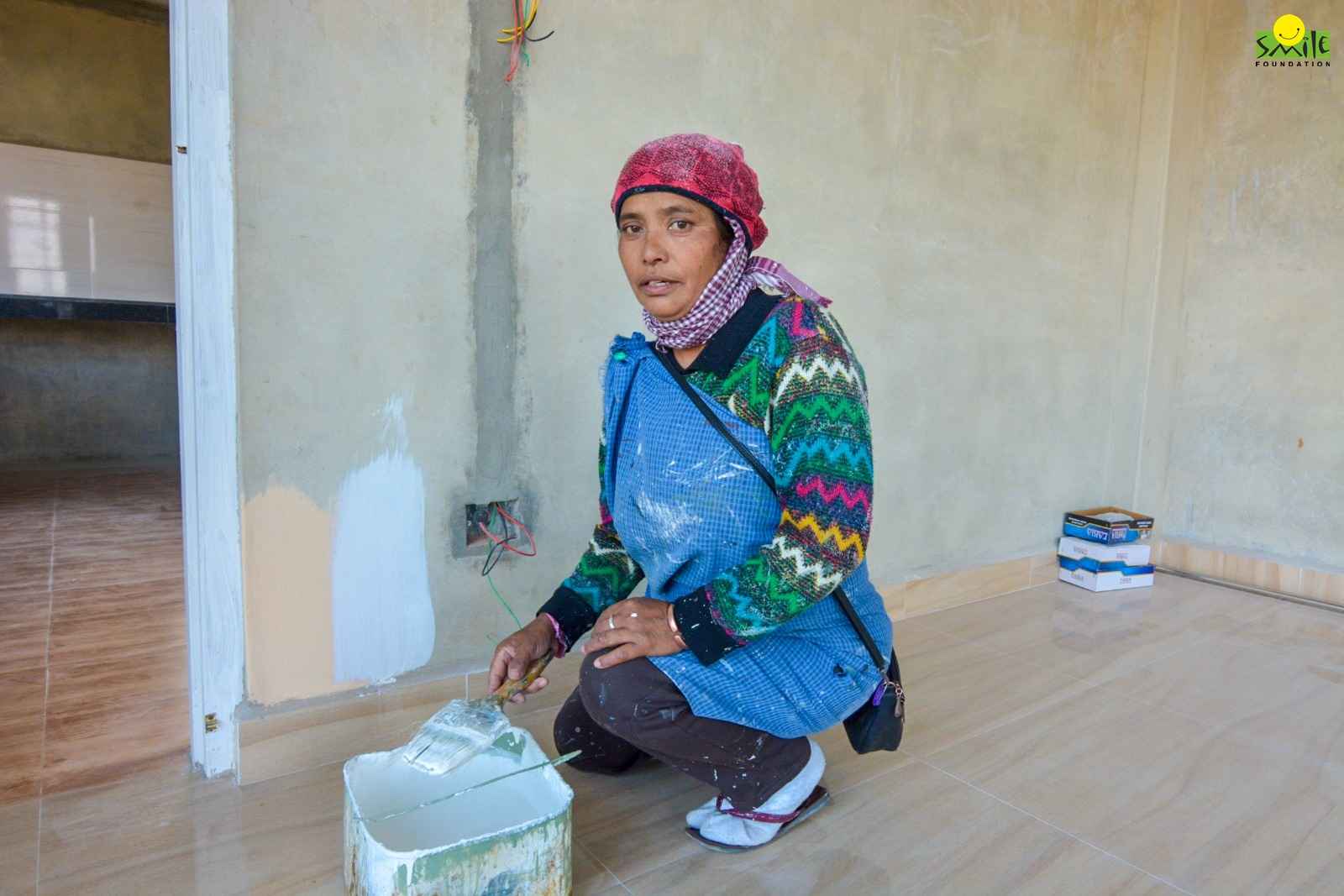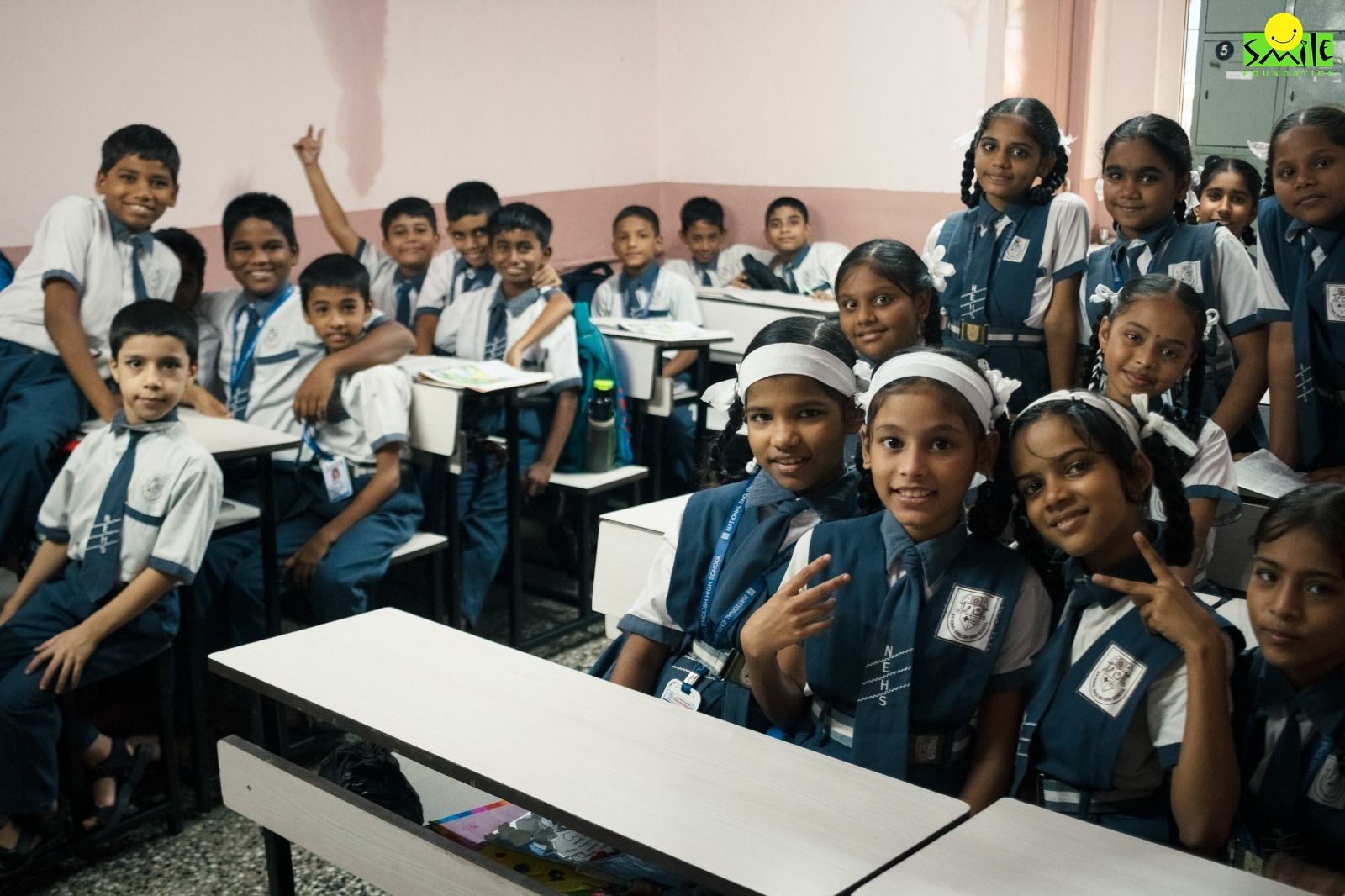Healthcare is a fundamental human right, and its equitable distribution is the cornerstone of a just society. In India, a country marked by stark contrasts between urban affluence and rural poverty, the healthcare system reflects these disparities. The rural healthcare infrastructure, despite significant strides in recent years, still lags behind its urban counterpart.
While there have been efforts to improve healthcare access in rural areas, there is still much work to be done. Rural India is home to over 65% of the country’s population, yet it is served by less than one-third of its total healthcare resources.
The primary healthcare centers (PHCs), which are the frontline of the rural healthcare system, often grapple with inadequate facilities, a shortage of medical personnel, and limited access to essential medicines. The doctor-to-patient ratio in rural areas is alarmingly low, far from the WHO recommendation of 1:1,000.
Challenges in delivering quality healthcare
Rural healthcare in India faces numerous challenges that hinder the delivery of quality healthcare services. One of the primary challenges is the lack of adequate infrastructure, which includes basic facilities such as clean water, electricity, and proper sanitation facilities. Another critical issue is the shortage of healthcare professionals, as many medical professionals are reluctant to work in rural areas due to lower financial incentives, professional isolation, and lack of educational opportunities for their families. Inadequate supply chain management, limited health awareness, and insufficient community participation are some other challenges that impede the effective implementation of rural healthcare.
To address these challenges, a multi-pronged approach is necessary. This approach includes investing in rural healthcare infrastructure, offering incentives to healthcare professionals to work in rural areas, implementing robust supply chain systems, conducting health education campaigns, encouraging community involvement in healthcare decision-making, and fostering public-private partnerships.
Leveraging technology can also play a crucial role in transforming rural healthcare. Mobile health initiatives, digital record-keeping, and telemedicine can make healthcare more accessible and efficient.
Strategies for supporting public healthcare
Providing quality healthcare in rural India is a significant challenge, but it is possible to overcome it with a collaborative approach from all stakeholders. The government, healthcare professionals, private sector, and rural communities must work together to identify the existing gaps and leverage technology to establish a more accessible, affordable, and effective healthcare system that caters to the needs of its rural population.
A comprehensive approach is necessary to address this issue, which requires significant investments in physical and technological infrastructure. Telemedicine can be a game-changer in bridging the gap between rural patients and urban specialists. Robust supply chain systems are also essential for ease of delivery in remote locations, and health education camps can help spread awareness of the available healthcare facilities.
Encouraging community involvement for holistic development is equally crucial in building a healthcare system that is responsive to the needs of rural India. Collaborating with the private sector can help pool resources and improve the quality of healthcare services. The National Rural Health Mission (NRHM) is a vital initiative that aims to provide accessible, affordable, and quality healthcare to the rural population, and its implementation must be improved to make a significant impact.
By monitoring and evaluating the measures taken to identify gaps, we can pave the way for a more effective healthcare system that serves the needs of its rural population. With a multi-pronged and comprehensive approach, India can establish a healthcare system that is accessible, affordable, and responsive to the needs of rural communities.
How can locals make it better? Public Healthcare
Involving local communities in improving healthcare is crucial for the success and sustainability of health initiatives, especially in rural areas. One effective way to achieve this is by establishing health committees that include local leaders, development organizations, schools, and religious institutions, as well as community members themselves. This approach fosters a sense of ownership, accountability, and trust among community members and can help leverage existing relationships.
Health committees can help identify local health priorities, manage local health facilities, and mobilize resources. By involving local communities in the planning, implementation, and evaluation of healthcare services, we can ensure that these services are relevant, accessible, and effective for the people they are intended to serve.
In addition to health committees, implementing health education programs that are tailored to the local context can empower community members with knowledge about health, hygiene, and disease prevention. Recruiting and training residents as community health workers can bridge the gap between the community and the healthcare system, and ensure that health services are culturally sensitive and appropriate.
To make the most of public healthcare establishments, using participatory methods such as community meetings, focus group discussions, and surveys can help gather insights from the community about their healthcare needs and preferences.
To keep community members motivated, introducing incentive programs for preventive healthcare behaviors, such as immunizations or prenatal check-ups, can encourage community participation. Community involvement is key to building a healthcare system that is responsive to the unique needs of rural populations and can help ensure that healthcare services are sustainable and effective in the long run.
Smile Foundation: Serving their part for public healthcare
Smile Foundation, has been delivering quality healthcare to underserved communities in India through various initiatives. One of our most widespread healthcare programs is the ‘Smile on Wheels‘ initiative which visits remote parts of the country twice a month with mobile hospital van to provide free-of-cost advanced healthcare facilities to the poor and marginalized people of villages. The initiative also organizes regular health camps that provide various healthcare services, including regular checkups and awareness sessions, and set up static clinics in areas where permanent healthcare facilities are scarce.
Smile Foundation collaborates with the government to extend the reach of public healthcare systems to remote areas. Over the years, Smile has extended its services to a vast reach of the population, spreading awareness about general health issues, basic health hygiene, sanitation, and cleanliness- crucial for preventive healthcare. They also run initiatives that include awareness sessions on oral health and hygiene followed by regular dental checkups, targeting school-going children. In collaboration with partners, Smile has also introduced mobile dental units that provide affordable and accessible dental care to communities.
By addressing the gaps in the availability, accessibility, and affordability of healthcare, Smile Foundation supports the vision of Ayushman Bharat and contributes to the goals of Universal Health Coverage in India by making the most of the public healthcare system and establishments. Smile Foundation’s efforts in providing quality healthcare to underserved communities in India are playing a vital role in improving the healthcare scenario in rural India.
Conclusion
In conclusion, improving rural healthcare in India requires a concerted effort from all stakeholders. We must work together to identify the challenges and implement effective solutions and understand that this is not a quick-fix solution- it requires persistence, innovation, and a long-term commitment to social justice. We must remember that the health of rural India is crucial to the overall health of the nation.
Together, we can build a healthcare system that is not only compassionate and comprehensive but also sustainable and equitable. By strengthening healthcare infrastructure, incentivizing healthcare professionals, improving supply chain management, fostering health education, encouraging community participation, and monitoring and evaluating healthcare services, we can improve the quality of healthcare in rural India.
We must also integrate health education into school curricula, train teachers and healthcare workers, and implement school health programs. Leveraging technology, public-private partnerships, and supporting government initiatives can bring additional resources and expertise to improve both education and healthcare in rural areas.



